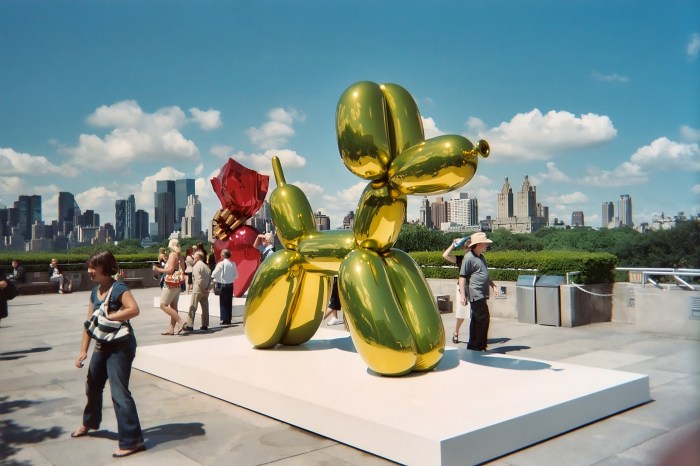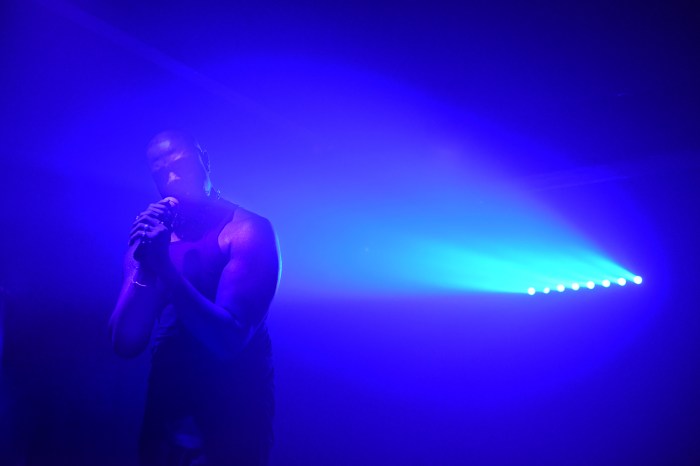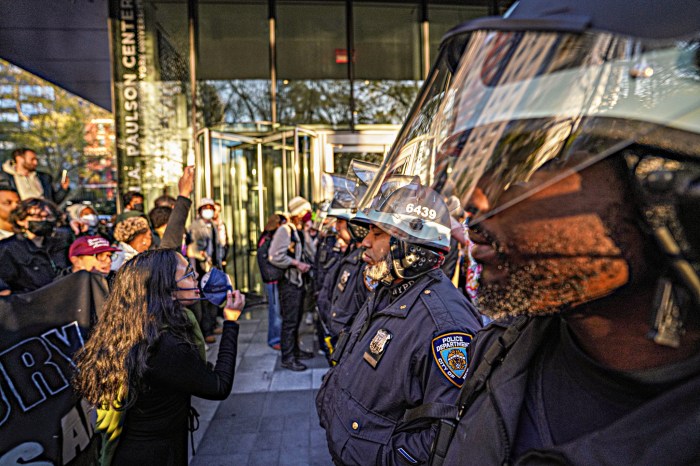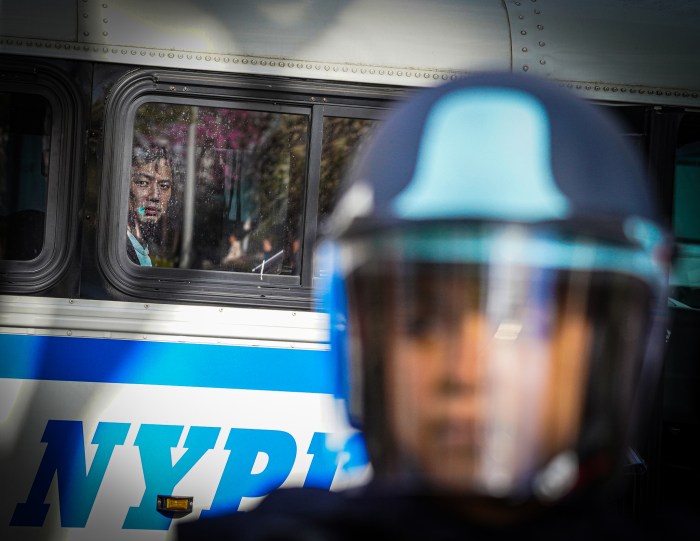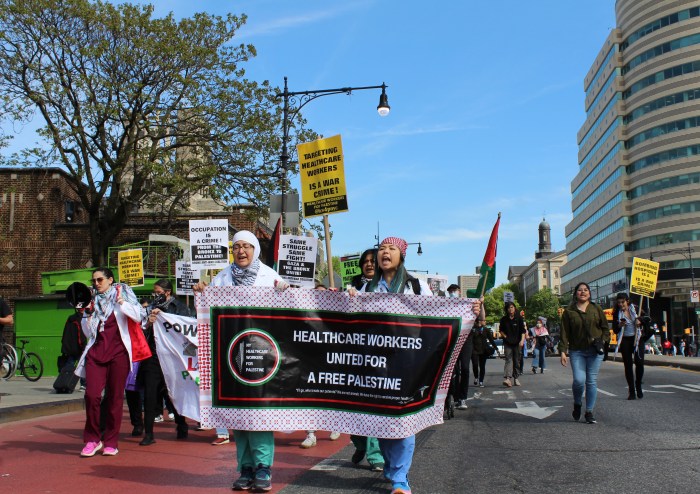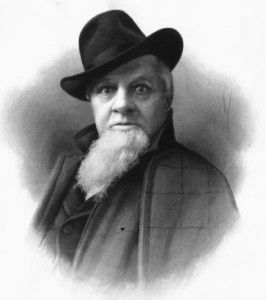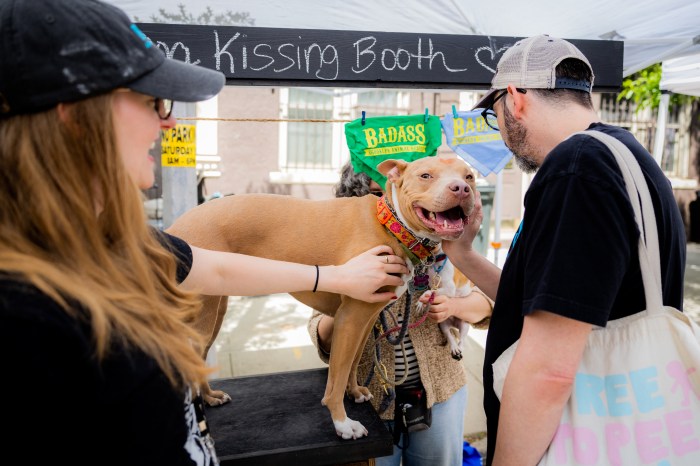By Alyssa Giachino
A program to bring a little more green to the Lower East Side, in both the environmental and monetary sense, may be close to fruition, according to members of Community Board 3 and Good Old Lower East Side, a local tenant advocacy group.
The program, called Greening a Block, was approved last June by Community Board 3 but was bogged down in bureaucracy for more than six months. It appears, however, that participating parties are on the verge of finalizing a deal that will engage tenants and landlords at Haven Plaza — a 371-unit affordable housing development on Avenue C between 11th and 13th Sts. — and on one other East Village block in reducing energy consumption. Reduced consumption would be achieved through replacing appliances and weatherizing buildings so they require less energy for heating and cooling. The initiative would also include community education on energy efficiency.
“We’re all really upset that it took this long,” said Paul Bartlett, a member of C.B. 3’s Con Ed Subcommittee.
However, earlier this month, Con Ed, representatives of C.B. 3 and GOLES met and made what all hope is significant progress. Greening a Block is adjusting its proposal to account for Con Ed’s concerns that too much of the money would be sucked up by administrative costs, and the two sides are working out how the project’s environmental impacts will be measured to assess its effectiveness.
A Con Ed spokesman said the company supports the concept of improved energy efficiency, but needs to ensure the project makes prudent use of funds.
“At this point, it does seem that we have momentum and we have the cooperation of Con Ed,” said Jeff Perlman, an energy efficiency consultant who helped author the Greening a Block proposal. “We’re hopeful.”
If approved, Greening a Block will be partially financed through the Con Edison settlement fund, from which the program hopes to draw $455,000. The project would bring an additional $553,000 from state and federal funds.
The $3.75 million Con Ed settlement fund was created in 2002, to be used over 10 years, to mitigate the negative environmental impacts of increased electricity production at the East River Power Plant on E. 14th St. Of that amount, $1 million was designated for new smokestack nozzles on the plant, and $2.75 million was set aside for “fuel switching” — for purchasing cleaner-burning natural gas rather than oil in the fall and winter. In the last two winters, Con Ed has used $120,000 for fuel switching.
The settlement also allows for the community to propose projects that would boost air quality for residents and promote environmental health. In order to draw from the fund, proposals must be approved by C.B. 3, Con Ed, the city and the New York State Public Service Commission.
Greening a Block has won backing from State Senator Martin Connor, Congressmember Nydia Velasquez and City Councilmember Rosie Mendez.
The community board and GOLES threw their support behind Greening a Block last year because they say using the settlement funds to invest in long-term energy savings and community education will have longer-lasting impacts on the neighborhoods’ environmental health.
“It wasn’t just a question of replacing boilers and screwing in light bulbs, sort of a hardware approach,” Bartlett said. “In order to have community change, it has to have a strong community component.”
Perlman said, “It’s really about embedding this knowledge in the community, rather than just using it on some buildings.”
Perlman created Greening a Block with Charles Komanoff, an economist and environmentalist, and neighborhood activist Lois Sturm. They partnered with GOLES because of its deep ties to community residents.
“It was really a good fit because we were able to talk about how this work could be done based on our organizing experience,” said Damaris Reyes, executive director of GOLES.
Through improving energy efficiency, both tenants and landlords can save money on electricity costs.
“If you pair that up the right way, you could have a win-win situation,” Reyes said. The project, she said, is a good way to start a dialogue that would “not just make it technical jargon but to begin to talk about this issue from the ground up.”
A separate allocation of $50,000 is also being sought from the Con Ed settlement fund for expanding the Asthma Free School Zones to include nearly a dozen schools and daycare centers in the East Village and Lower East Side. The program designates a “no idling” area around schools to cut back on vehicle emissions near children.
As part of wider efforts to green the neighborhood, C.B. 3 and Greening a Block are also looking to partner with Columbia University to measure how the neighborhood’s dense urban layout magnifies summer heat. The effort would also look at the impact of mitigation efforts, such as tree planting and green roofs.
Bartlett is excited about the resources available for greening the East Village and Lower East Side, and sees potential for the area to be an incubator for a variety of environmental programs.
“The people in this neighborhood are much more receptive to innovation and change than most people,” he said.










